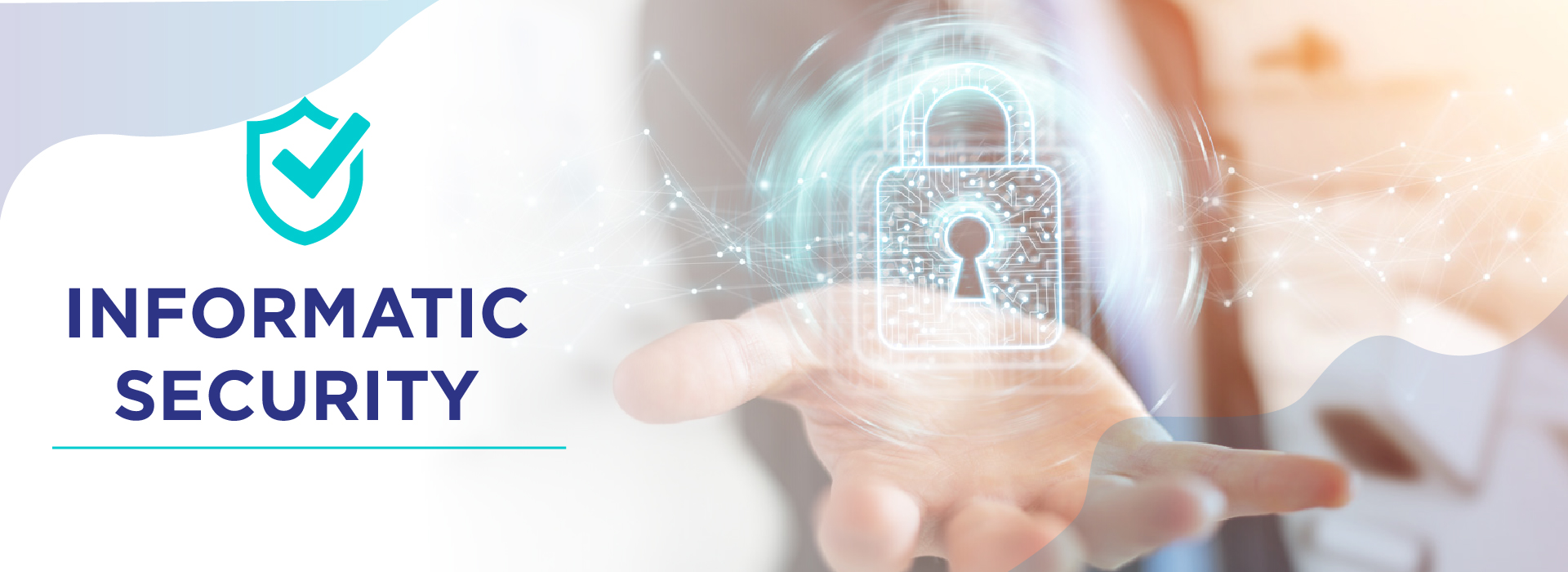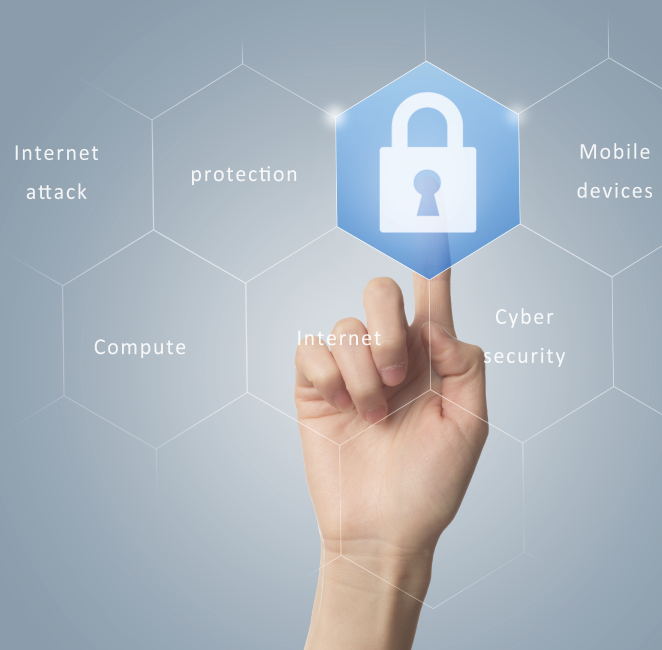
What is computer security and why is it necessary in your company?
Computer security implies all the procedures and strategies that guarantee an entity’s information integrity, availability and confidentiality within its systems.
Thanks to this branch of Information Technology, we can study and prepare ourselves for the threats and vulnerabilities that computer systems pose, especially for networks, such as viruses, worms, trojans, cyberattacks, invasion attacks, identity theft, data theft, password discovery, interception of electronic communications, among others.

Computer security is based on data and communications protection on the basis of three main principles:
Data integrity, i.e., ensuring that the modification of any type of information is known and authorized by the author or entity.
System availability, so that the operation is always continuous, keeping the company’s productivity and credibility.
Confidentiality, so that data disclosure is authorized and protected against attacks that infringe this principle.
Know about the types of computer security and how we can help you protect your company.

Hardware security: Hardware security implies physical protection, the control of a network traffic and the constant monitoring of a system. Some examples of hardware computer security are hardware firewalls, proxy servers and cryptographic keys to encrypt, decrypt and authenticate systems, backups, battery banks for power outages, etc.
Software security: Software security means halting and preventing malicious attacks from hackers, for example. Software security is part of the process of implementing a program, and it is the task of computer engineers, with the aim of preventing unauthorized modifications that cause the malfunction or violation of the intellectual property of the program itself.
Network security: Network computer security is applied through the system hardware and software. Network security protects the ease of use and network and data credibility, integrity and security. Some components that help in this regard are: antivirus and antispyware software, firewalls that prevent unauthorized access, virtual private networks (VPN) and intrusion prevention system (IPS).
Security Operation Center (SOC)
Security Operations Centers are responsible for monitoring and analyzing activity on networks, servers, endpoints, databases, applications, websites and other systems, looking for anomalous activities that may be signs of a security incident or breach.
A SOC is responsible for ensuring that possible security incidents are correctly identified, analyzed, addressed, investigated and reported.
The aim of a SOC is to deliver horizontal services in the field of cybersecurity.
The objetives are:
– To increase the capacity for surveillance and threat detection in the daily activities of a company’s information and communication systems.
– To analyze attacks or possible threats.
– To recover the information a company may have lost or that may have been damaged as a result of these attacks.
– To improve the capacity to respond to attacks.
Firewall implementations
The configuration of a firewall device consists of parameterizing certain rules or regulations that protect a computer or a computer network from intrusions from a third network (specifically the Internet). Besides, the firewall is a system that makes it possible to filter the data packages that circulate around the network. It is like a “narrow bridge” that filters, at least, the traffic between the internal and external network.
Configurations:
– WAN
– LAN
– VPN
– IPSec
– Web Filters
– Access Control
– Content Control
– High Availability (HA)
MSSP (Multi Security Service Provider): MSSP – Multi Security Service Provider
For the MSSP, the growing IT security market poses an unprecedented opportunity and challenge. To leverage this opportunity, MSSPs must demonstrate the ability to deliver security services more effectively and at a lower cost than the company’s IT security teams.
MSSP partners reduce risks and minimize the impact of cyberattacks by providing managed security and monitoring services to protect business data, infrastructure, and users, regardless of who, where, when, and how IT assets are accessed.
MSSPs extend the company security operations by making people, skills, processes and technology converge. DCARO offers a broad portfolio of integrated and automated products covering network security, cloud security, application security, access security, as well as the network operations center (NOC) and the security operations center (SOC). These products are already in use to strengthen, optimize and deliver the established administered services.
Disaster Recovery Plan
A disaster recovery plan (DRP), also known as a business continuity plan (BCP) or business process contingency plan (BPCP), describes how an organization copes with potential disasters.
Just as a disaster is an event that prevents the continuation of normal business, a disaster recovery plan consists of precautions taken so that the effects of a disaster are minimized and the organization is able to maintain or quickly resume activities that are critical for its operation.


We offer technology and telecommunications solutions, and we help small, medium-size and large companies with the organization and good administration of technological resources.
© Copyright – DCARO ® Solutions

